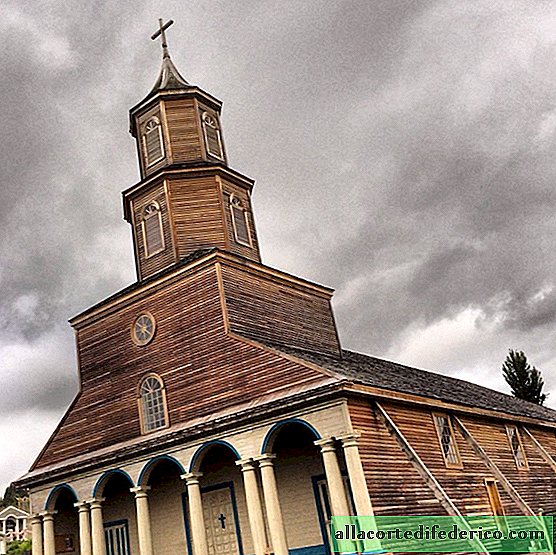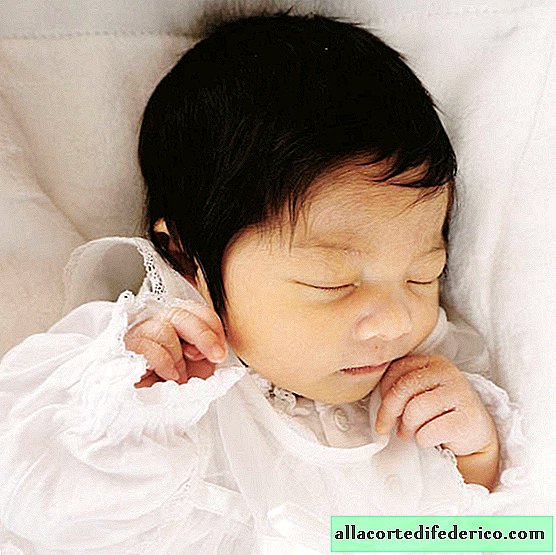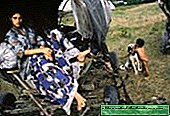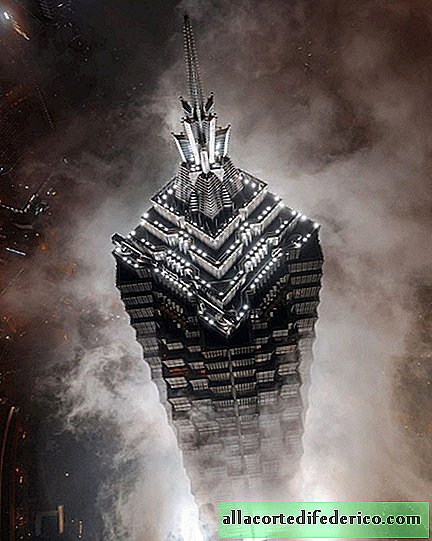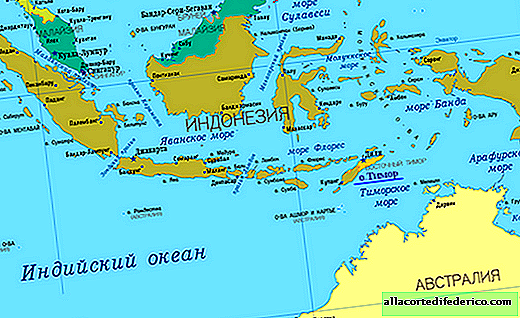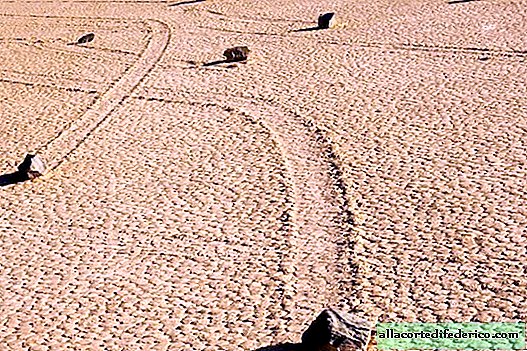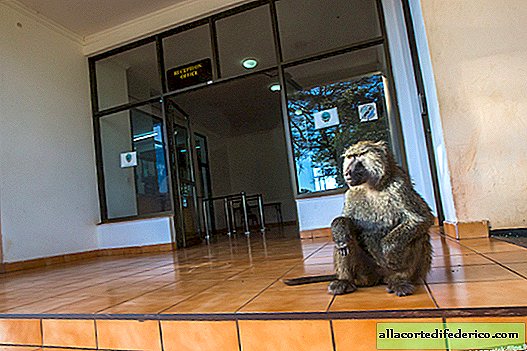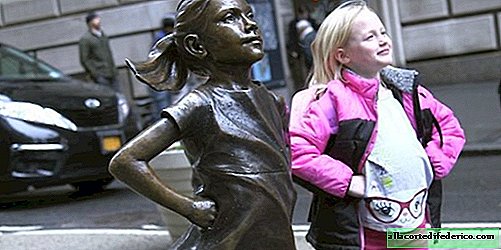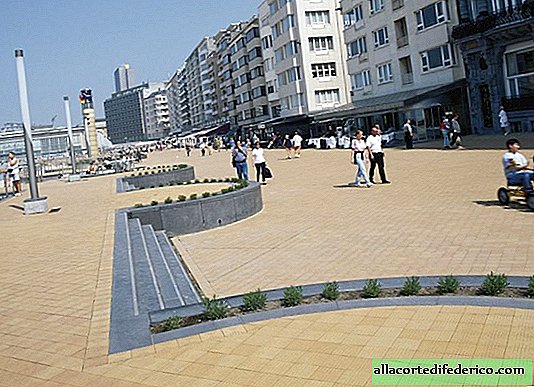Gotokuji Japanese temple, which is flooded with porcelain cats
In the depths of Tokyo, in one of its sleeping areas, an unusual Gotokuji temple was lost. Inside this beautiful and traditional pagoda there is one peculiarity - it is almost completely crammed with small cats with raised paws. There are so many of them that it seems that another porcelain figurine is unlikely to fit.
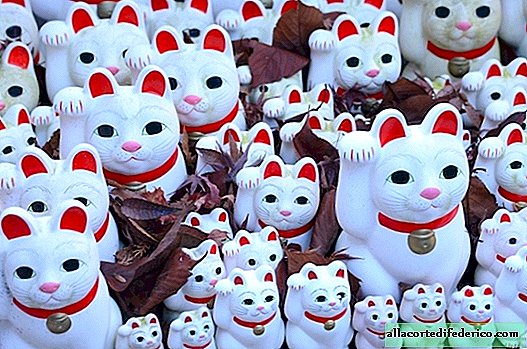
But no, this is just a deception: in fact, small white cats regularly appear here.
Kittens with a raised foot
They are called cat figures of maneki-neko. In fact, such figurines can be found in Japan not only here, they are everywhere: in small restaurants, in cafes, at the entrance to residential buildings. The Japanese believe that these porcelain cats bring good luck. Most often, their right paw is raised, however, there are figurines with a raised left paw, symbolizing wealth and customers. Even less common are figurines with two paws outstretched to the sky.

And yet there is nowhere such an abundance of maneki-neko as in the Gotokuji temple. It is here that the Japanese carry figures to attract good luck. And, of course, in recent years, statues and tourists have added to them.
The legend of the cat who saved the samurai
"Maneku" in Japanese translates as "shout", and "neko" means "cat." The tradition of porcelain figurines is rooted in the distant XVII century. It was then that a homeless cat came to the door of Gotokuji Temple. The local abbot took pity on the animal, fed it and gave him shelter. The pagoda at that time was in very poor condition, and she needed repairs.
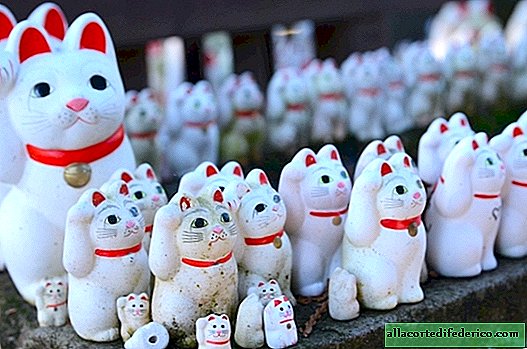
Once, in the mid-1600s, Lord Ii Naotaka drove past the temple from his military campaigns. He was caught off guard by surprise, and he decided to take refuge under a sprawling tree near the pagoda. Suddenly he saw a cat, the same one whom the abbot had sheltered. The pet was sitting near the entrance to the temple and waved his paw to the samurai, as if inviting to enter. The Lord decided not to hesitate and went inside. And as soon as he crossed the threshold, lightning struck his previous shelter and split the tree into several parts. So the cat saved his life.
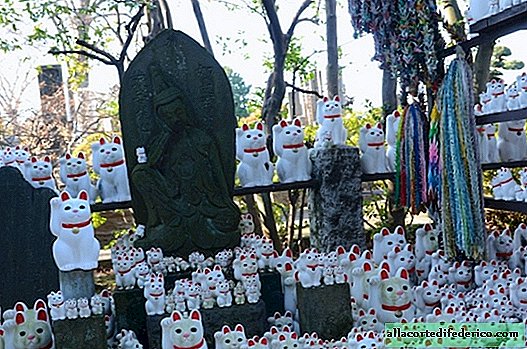
Naotaka decided not to remain in debt and allocated money for the restoration of the temple. And since then, Gotokuji and all the lands around him began to flourish, and all thanks to the cat. So the animal became the patron saint of the pagoda.
Where did these cats come from
Figures began to appear later, in the XIX century. Today the most traditional are white with a few specks. And in the past there were colored maneki-neko, and each color symbolized one thing: for example, black cats protected from diseases.

Later, these figures spread throughout Japan, and you can see them today in almost any institution. Maneki-neko attract luck and money, and the most desperate Japanese in search of welfare come to the Gotokuji temple and leave their maneki-neko here.

